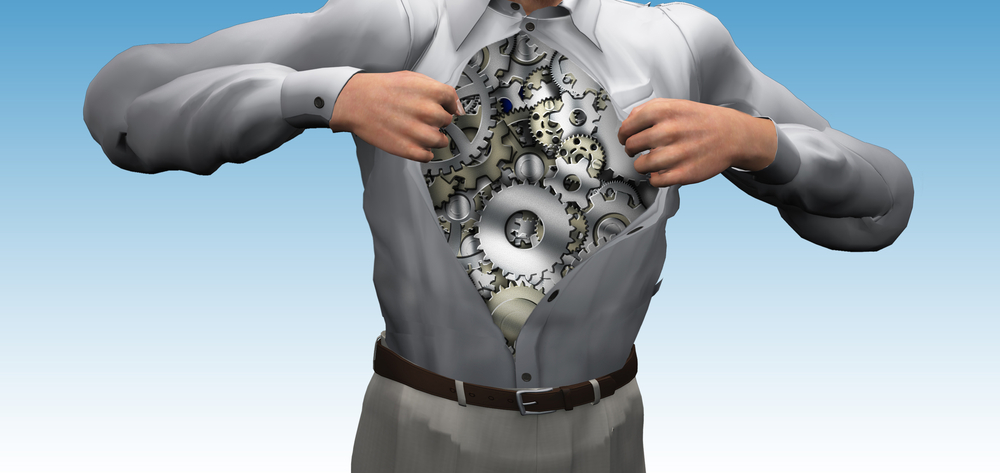Many industries are increasingly deploying software and automation tools into their supply chain to optimise efficiency and reduce error, cost and waste. This adoption is especially growing in the energy, oil and gas market where processes and security need to be watertight. This is because oil spills from mining accidents can cost tens of billions per incident.
The famed BP Oil spill in the Gulf cost $40 billion alone for the company, never mind the uncalculated cost of the region impacted. To combat these kind of economic and environmental disasters, smart systems are gradually infiltrating the supply chain and performing tasks previously carried out by humans. And this is far from a pipe dream, with data scientists working hard over the past few years to provide real, practical solutions to the supply chain at large, in the oil and gas industry as well as others.
>See also: How to empower your data scientists in the era of edge computing and AI
The idea is to instrument the drilling rig to be a smart system. Drawing on concepts from the Internet of Things (IoT), where any machine from personal wearables, like smart phones and Fitbits, to industrial equipment like jet engines and power turbines can be constructed as a system of sensors and actuators, engineers can create the sense organs and limbs to make smart drilling rigs.
Combining these with the remarkable advancements in big data technologies – which enable businesses to pull petabytes of data into a single centralised data store, more commonly referred to as a data lake, that they can use as a basis to employ complex machine learning models efficiently – provides users with the two basic ingredients of a smart system within the supply chain. This could help them to monitor and prevent accidents, downtime and even improve energy efficiency.
Security and quality assurance are the chief benefits, with software being used to monitor shipments and stock with higher levels of accuracy, minimising human error. Sensors can also be fitted into holds to reduce theft and raise alarms if a breach is suspected, enabling closer tracking of stolen goods.
Hygiene and food contamination is a big risk in the supply chain and issues can be quickly exacerbated, as was saw with last year’s horse meat scandal. The supply chain across Europe is multifaceted and ensuring goods are safe and fit for consumption is critical. Temperature and light monitoring of more sensitive or perishable goods is invaluable in the retail and consumer goods supply chains.
>See also: Should big data show its human side? The complex relationship between humans and data
So, is this a trend we will see continue next year and beyond? In a word: yes. According to Gartner, there will be a thirty-fold increase in internet-connected physical devices by 2020, which will significantly alter how the supply chain operates.
It’s an unstoppable force, but a welcome one, and something that will aid senior management at various points on the supply chain, with increasing levels of information being made available to them.
Sourced from Chris Mills, CTO EMEA, Pivotal







